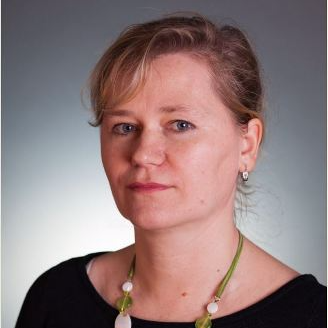Environmentally Friendly Materials in Construction, Volume II
A special issue of Materials (ISSN 1996-1944). This special issue belongs to the section "Construction and Building Materials".
Deadline for manuscript submissions: closed (31 December 2023) | Viewed by 1578
Special Issue Editor
Interests: heavy metals’ leachability from concrete; durability of materials; environmental evaluation of materials; environmental chemistry
Special Issues, Collections and Topics in MDPI journals
Special Issue Information
Dear Colleagues,
Older buildings consume an excessive amount of energy and produce too much waste. Their operation is also linked with the consumption of about 25% of the world’s water and 40% of its resources, while creating one-third of all waste and 40% of global carbon emissions. Despite these statistics related to buildings’ unsustainability, buildings have a huge untapped potential to become a key part of the solution to urgent sustainability challenges. One of the important ways to improve the sustainability of buildings is to produce environmentally friendly materials and to design new eco-friendly building constructions. New eco-friendly designs of buildings based on the construction of environmentally friendly materials can improve human health, safety, comfort, and productivity in the current conditions of climate change. Environmentally friendly materials must become part of a sustainable world building design because their production and use could minimize the negative environmental impacts. These impacts are represented by climate change, ozone-layer depletion, acidification of soil and water, resource exhaustion, and human toxicity in connection to indoor and outdoor air pollution. Therefore, it is very important to include sustainability ideas into products, operations, and research and development in order to apply the best available technologies and produce materials/products that leave a smaller negative environmental footprint in the process. Life-cycle analysis (LCA) offers a useful and widely accepted methodology for the assessment of the ecofriendly sustainability and environmental performance of buildings. We invite you to submit high-quality research or review papers to this Special Issue, with an emphasis on new environmentally friendly building materials (concrete, mortars, plasters, bricks, insulating, and hybrid materials) and technologies. Some areas of interest for this Special Issue include but are not limited to the environmental benefits of composites incorporating alternative substances and fiber-reinforced biocomposites.
This Special Issue is the continuation of a very successful previous Special Issue with the same focus. Papers aimed at environmentally acceptable composition of materials in construction, designing environmentally friendly construction buildings and the environmental assessment of building materials, constructions, and buildings will be welcome. Papers will be accepted for this Special Issue after going through a rigorous peer-review procedure.
Prof. Dr. Adriana Estokova
Guest Editor
Manuscript Submission Information
Manuscripts should be submitted online at www.mdpi.com by registering and logging in to this website. Once you are registered, click here to go to the submission form. Manuscripts can be submitted until the deadline. All submissions that pass pre-check are peer-reviewed. Accepted papers will be published continuously in the journal (as soon as accepted) and will be listed together on the special issue website. Research articles, review articles as well as short communications are invited. For planned papers, a title and short abstract (about 100 words) can be sent to the Editorial Office for announcement on this website.
Submitted manuscripts should not have been published previously, nor be under consideration for publication elsewhere (except conference proceedings papers). All manuscripts are thoroughly refereed through a single-blind peer-review process. A guide for authors and other relevant information for submission of manuscripts is available on the Instructions for Authors page. Materials is an international peer-reviewed open access semimonthly journal published by MDPI.
Please visit the Instructions for Authors page before submitting a manuscript. The Article Processing Charge (APC) for publication in this open access journal is 2600 CHF (Swiss Francs). Submitted papers should be well formatted and use good English. Authors may use MDPI's English editing service prior to publication or during author revisions.
Keywords
- building materials with a low carbon footprint
- environmentally safe building materials
- low-energy building materials
- low-emitting building materials
- new environmentally friendly technologies
- composites with incorporated alternative substances
- recycled and waste-incorporated building materials
- optimized design of environmentally friendly construction
- advanced building strategies in creating environmentally friendly structures
- environmental assessment of building materials, structures, and buildings






